¶ Phenomenon:
During the preparation for printing, the heat bed temperature does not rise, or the heat bed does not heat up after a heat bed temperature was set.
¶ Causes & Solutions
The main causes and solutions for the heat bed not heating up are as follows:
1. Poor cable connections, including the power cable, the connection cable from the MC board to the heat bed, and the NTC cable, which requires the user's assistance to troubleshoot and solve it;
2. The connecting cable from the MC board to the heat bed is broken inside the cover and needs a replacement. To replace this cable, you need to contact the service team;
3. The internal components of the heat bed are burned out and need a heat bed replacement. To replace the heat bed, you need to contact the service team;
4. The AC board is faulty and there is a problem with the voltage output, need the AC power board replacement.
¶ Safety warning and Machine state before starting operation
1. The heat bed is directly heated by mains electricity, and there is a danger of high voltage. It is necessary to ensure that troubleshooting is carried out with the power off.
2. Set the heat bed to a middle height from the LCD screen when the printer is still powered on.
¶ Tools needed
- H1.5 & H2.0 Allen key
- Tweezers
- Hair Dryer
¶ Troubleshooting
¶ Scenario one: The heat bed temperature is displayed as 0
This situation is generally caused by the lack of temperature information from the heated bed.
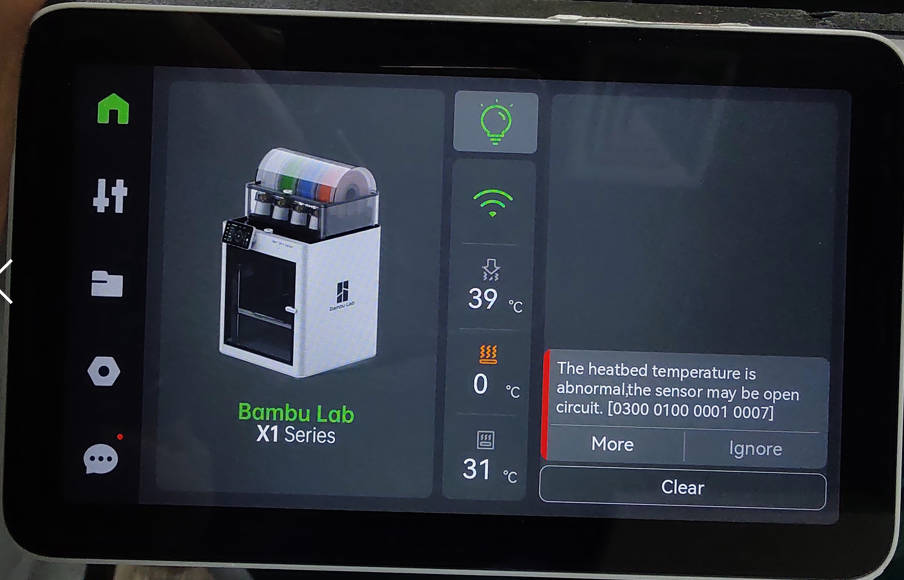
¶ Troubleshooting suggestions
1. Check the connection status of the connection cable from the heat bed to the MC board;
2. Check the connection status of the heat bed NTC
Note: The connectors of these two cables are fixed with white silicone gel. If there is no obvious tilt or PIN withdrawal, just press again; When you need to disconnect them, you can use a hair dryer to heat the silicone gel to reduce the hardness and then remove the silicone gel or disconnect the cables.
¶ Operation guides (disassembly & inspection)
¶ Step 1 - Remove the rear cover screws
NOTE: There are a lot of screws involved in this procedure. Please label them and group them in separate sections to avoid issues.
Remove the 10 screws and 4 screws from the rear cover shown in the picture. There are 2 types of screws, so keep them separate and remember which ones go where.
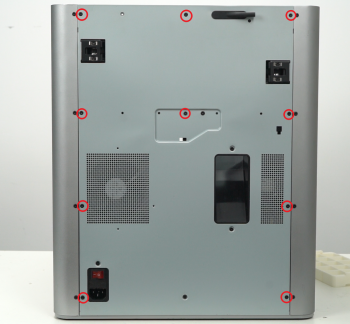 |
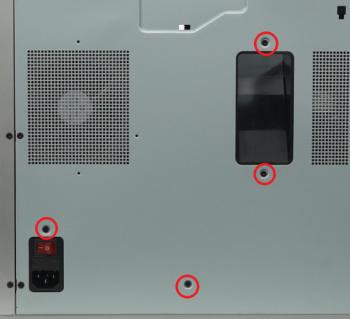 |
¶ Step 2 - Remove the rear cover
Remove the rear cover by unlocking the left side belt tension port first, and then the right side one to avoid getting stuck.
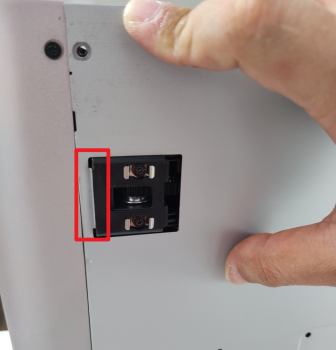 |
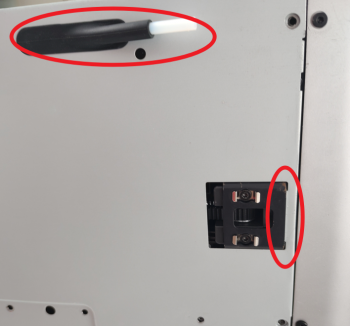 |
¶ Step 3 - Remove the excess chute
Remove 2 screws, and remove the excess chute.
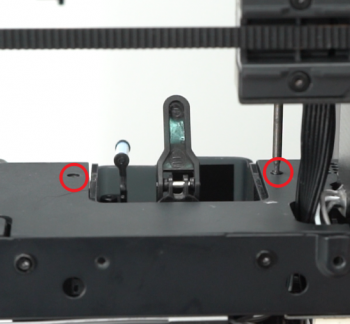 |
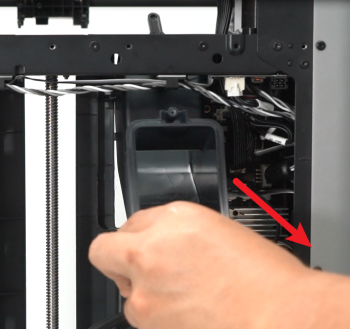 |
¶ Step 4 - Check the connector on MC board
Check the status of the connection cable on the MC board, and confirm that the connection is not floating and no PIN is withdrawn. After checking and confirming, you can reconnect the power supply and turn the printer on to confirm whether the temperature of the heat bed is no longer displayed as 0. If the fault is not eliminated, you need to check the connection status of the heat bed.
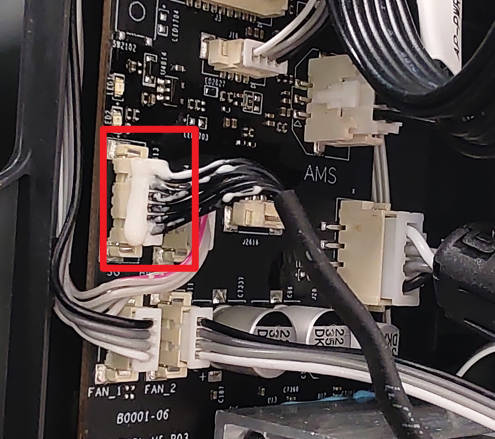
¶ Step 5 - Remove the heat bed pretension nuts
Unscrew the 3 pretension nuts to unlock the heat bed from the metal bracket. Note that there is also a rubber ring on top of each nut.
 |
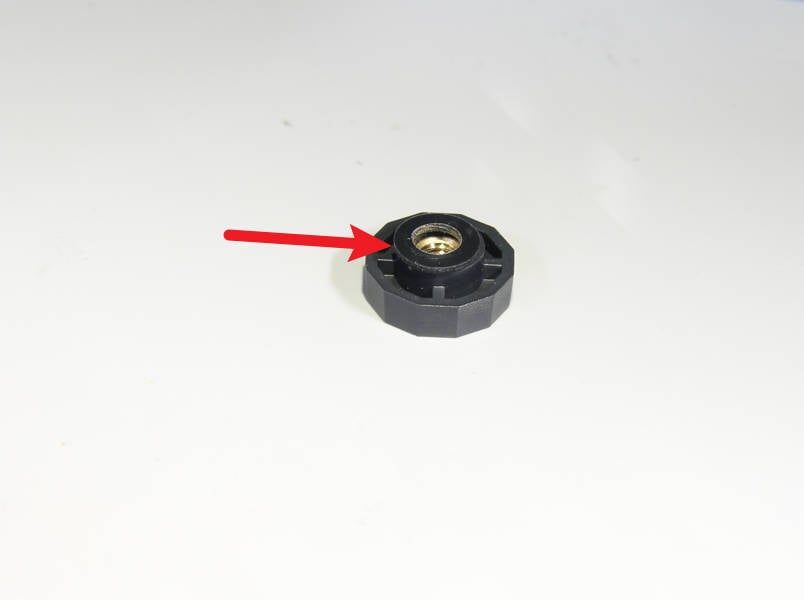 |
¶ Step 6 - Open heat bed
Open the heat bed carefully, because of the cable inside, and remove the loose pretension springs.

¶ Step 7 - Check the connection status
During this step, you can check the connection between the heat bed to the MC board and the NTC cable at the same time. The 2PIN connector is for the NTC cable. It is necessary to check whether the connectors are loose and whether the cables are loose. After checking and confirming OK or reconnecting, you can connect the power supply again, and turn on the printer to confirm whether the temperature of the heat bed is no longer displayed as 0; if the fault is still not eliminated, you need to contact the service team for confirmation.
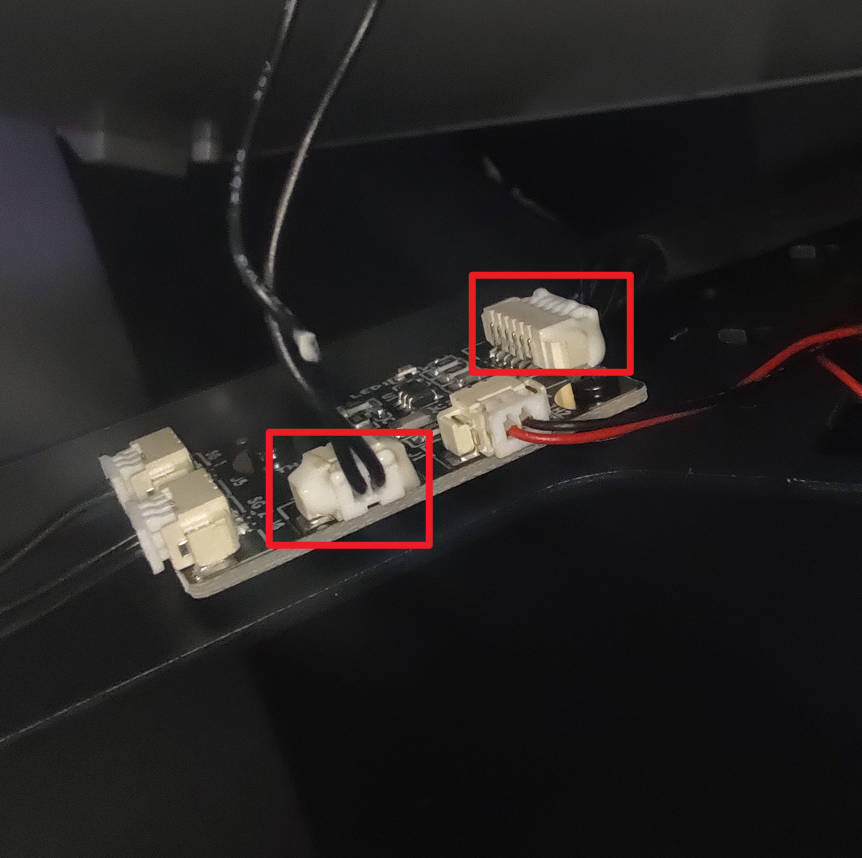
¶ Scenario two: Heat bed temperature is not 0
In this scene, the power supply of the heat bed is generally abnormal, which causes the heat bed to fail to heat.
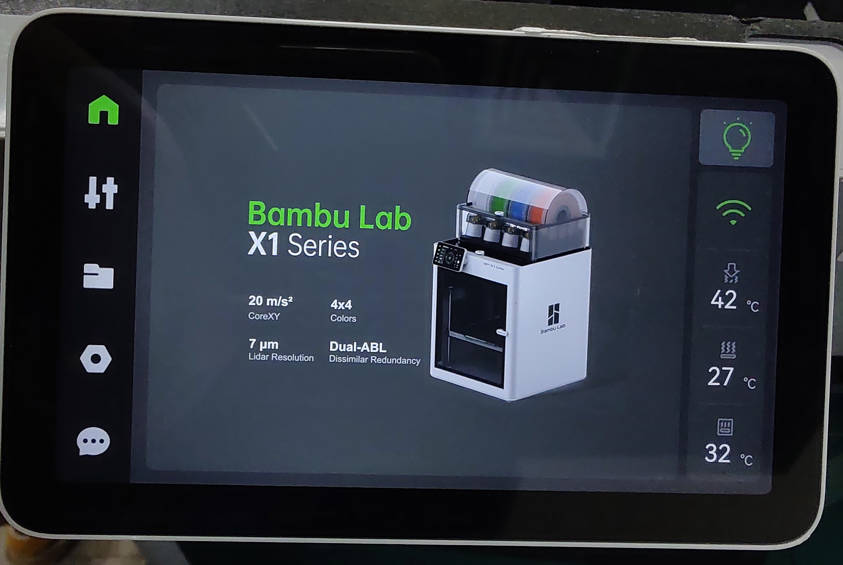
¶ Troubleshooting suggestions
1. Check the connection status of the heat bed power cable;
2. Check the output of the AC board (High voltage, electrician basics are required)
¶ Operation guides (disassembly & inspection)
¶ Step 1~3 - The same operation as scene one
¶ Step 4 - Remove the power module protective cover
Remove the 6 screws shown, move the power module protective cover to the side, and disconnect the power cable of the heat bed from the AC power board.
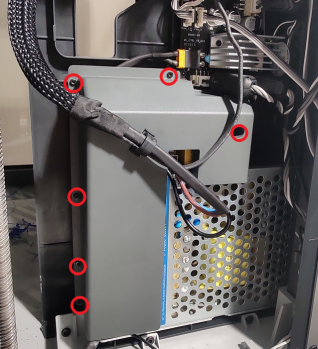 |
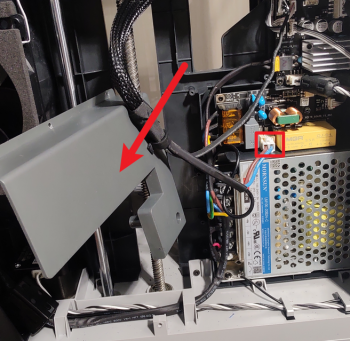 |
¶ Step 5 - Check the 2PIN cable and its connection
After confirming that the 2 pins are normal, reconnect the power cable to the AC power board. Temporarily connect the power cord to start the printer, and set the bed temperature to confirm whether the problem is solved. If not resolved, after disconnecting the power cord, proceed to the next step.
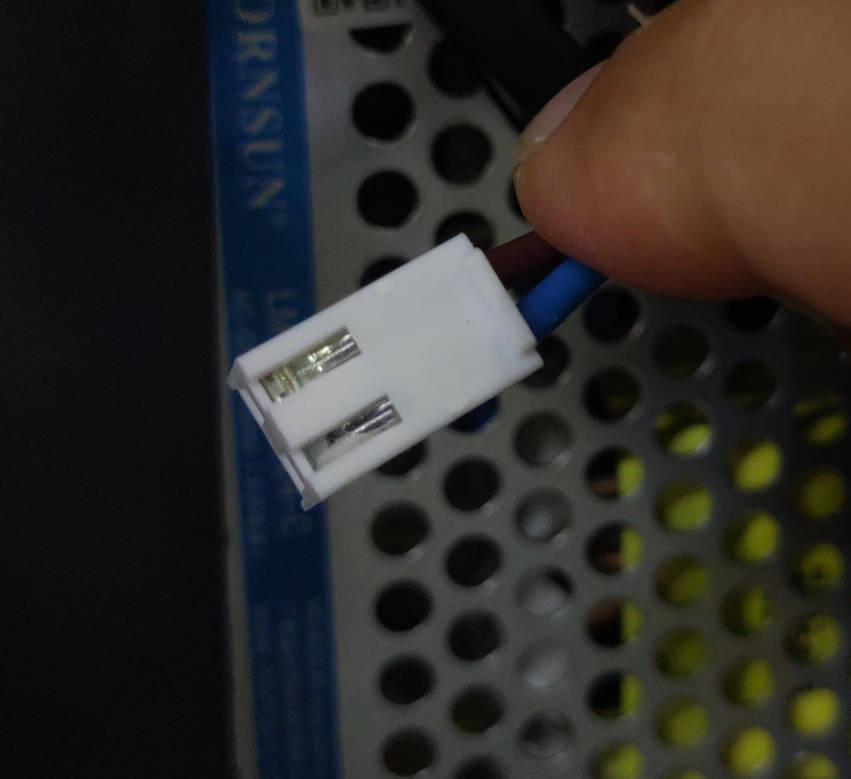 |
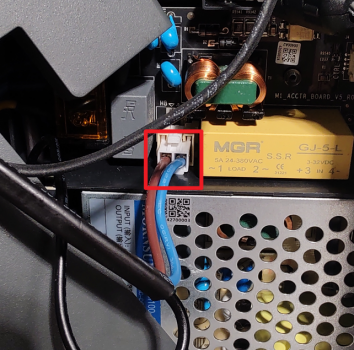 |
Reminder: If you have a multimeter at home, you can also test the resistance value of the two pins. Under normal circumstances, the resistance value is about 50~60 ohms. If the resistance value is not displayed, it is likely that the power connection at the heat bed end is open or the internal components of the heat bed are burned out.
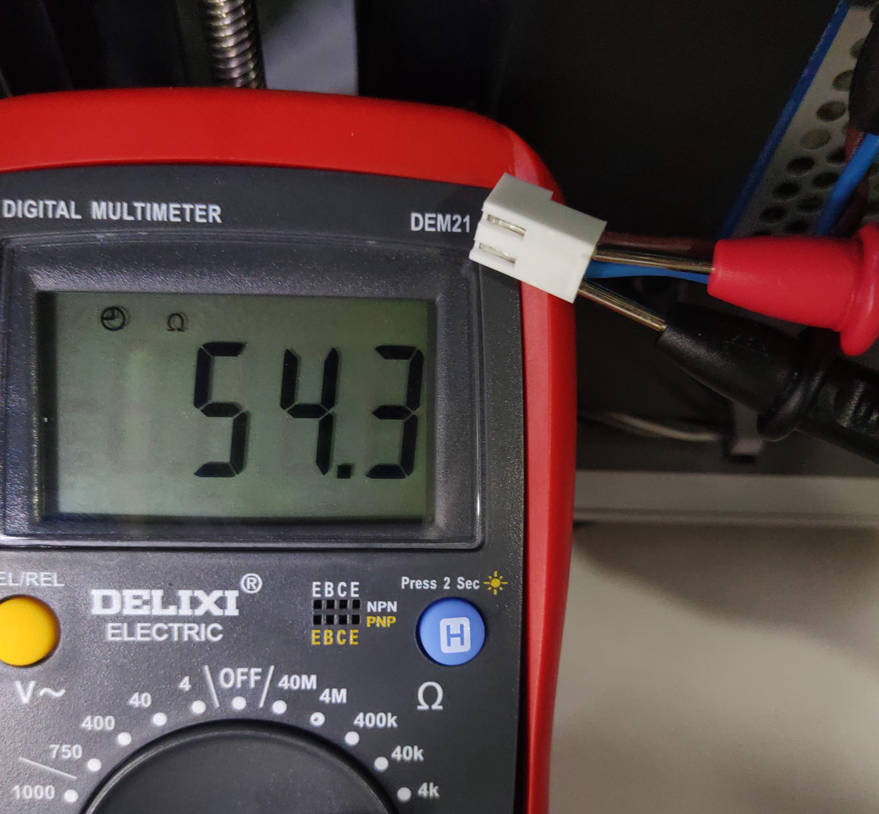
¶ Step 6 - Check the power cable connection under the heat bed
WARNING: Always confirm that the power supply is disconnected before operation.
Because the connector is usually glued with white silicone gel, it may not be directly clear whether the connection is normal. Just use the tip of the tweezers to push the connector several times. After the pressing, connect the power to start the printer and set the bed temperature to confirm whether the problem is solved. If the problem is not resolved, continue to the next step to check the AC board.
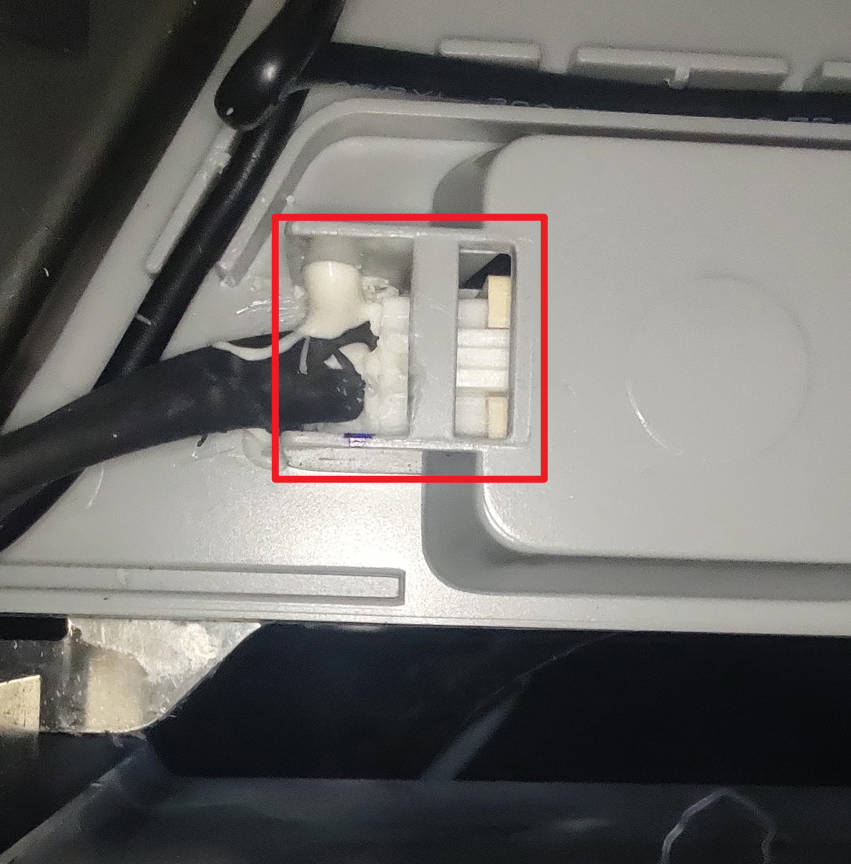 |
 |
¶ Step 7 - Check the appearance of the AC power board
Visually check the appearance of the AC board, including shaking the input cables to check whether they are loose (if loose, reconnect and fix them) and whether the components on the board have obvious burn marks (if there are, please refer to this wiki to replace the AC power board ). Confirm that there is no abnormality, then proceed to the next step to confirm.
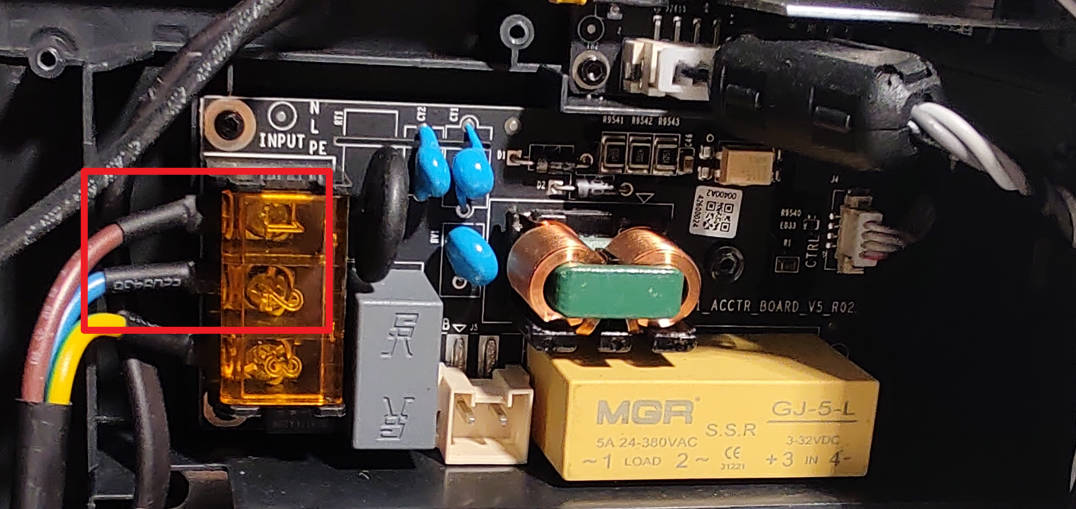
¶ Step 8 - Check AC board voltage output
WARNING: ⚡Shock Hazard⚡ - Can cause serious injury or death. This operation detects the mains voltage, and it is not recommended for personnel without relevant knowledge to operate. Skip this step if you don't know what you're doing.
When the printer is turned on, and the heatbed is heating, use the AC voltage test file of the multimeter to check the output voltage, which should be the same as the local voltage. If the output voltage is abnormal, the AC board is faulty. Please refer to this wiki to replace the AC power board.
 |
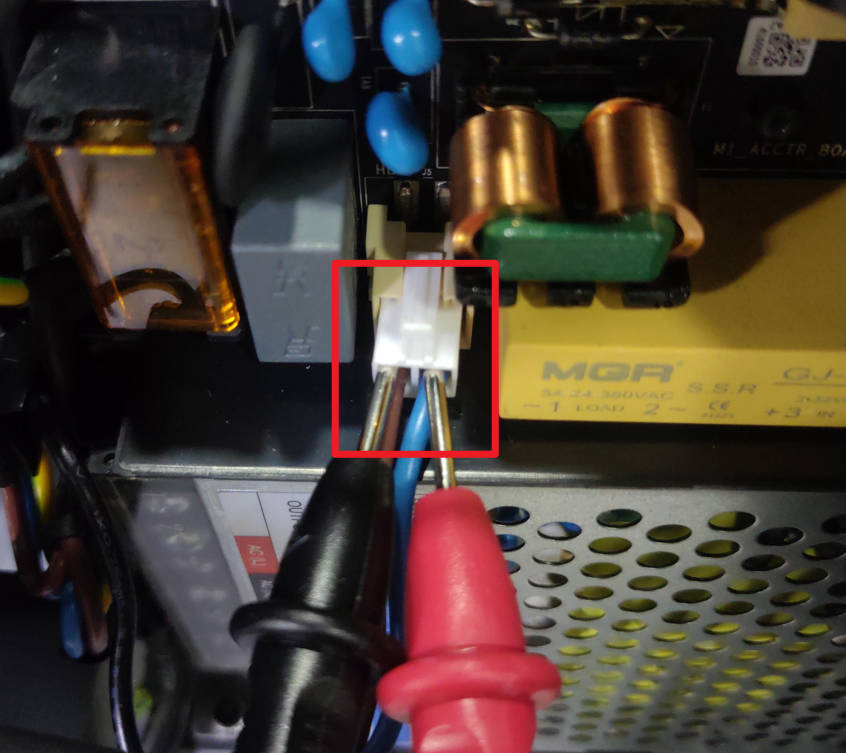 |
If the above operation fails to eliminate the fault, you need to contact the service team for confirmation.
¶ Assembly
After troubleshooting, the dismantled parts need to be reassembled. The steps are as follows:
¶ Scene one: Rear cover assembly
¶ Step 1 - Install the power module protective cover
Install the power module protective cover, and secure it with the 6 screws.

¶ Step 2 - Install the excess chute
Install the excess chute, pay attention to the buckles on both sides, and use the 2 screws to secure it.
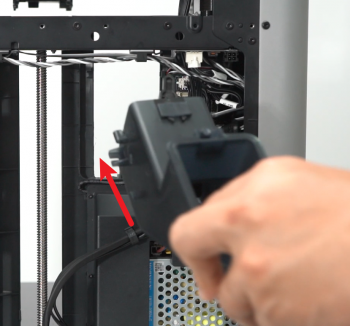 |
 |
¶ Step 3 - Install the rear cover
Pass the PTFE tube through the tube bracket, install first the right side belt tension port, and then the left side to install rear cover.
 |
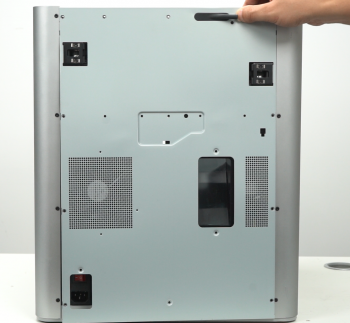 |
¶ Step 4 - Install the 10+4 screws
Install the 10 + 4 screws (see picture).
 |
 |
¶ Scene two: Heat bed assembly
¶ Step 1 - Install the pretension springs
Hold the upper part of the heat bed, and install the pretension springs to the heat bed screws one after another.
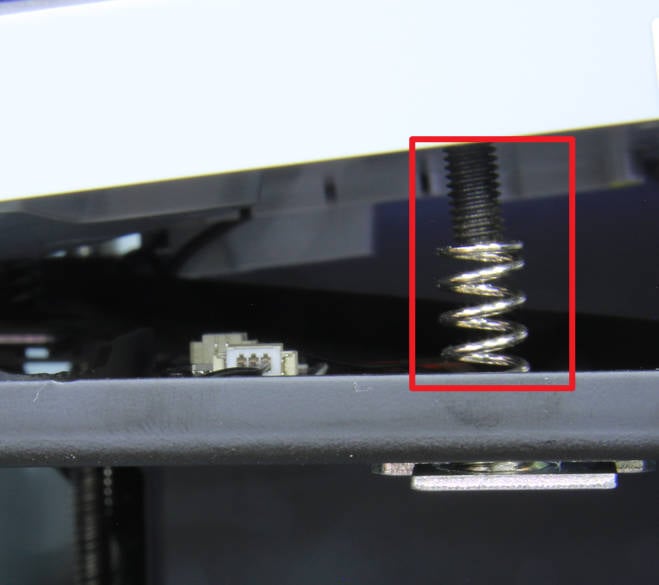
¶ Step 2 - Mount the heat bed
Now you can close the heat bed and mount them together. Gently press from the top of the heat bed, and confirm that all three stubs can pass through the holes on the sensor holder.

¶ Step 3 - Lock the pretension nuts
Place the rubber ring on the 3 pretension nuts and then screw them in evenly, a little at a time. DO NOT lock them yet. Continue to screw in the nuts evenly, until the studs are flush with the bottom of the nuts (see picture below).
 |
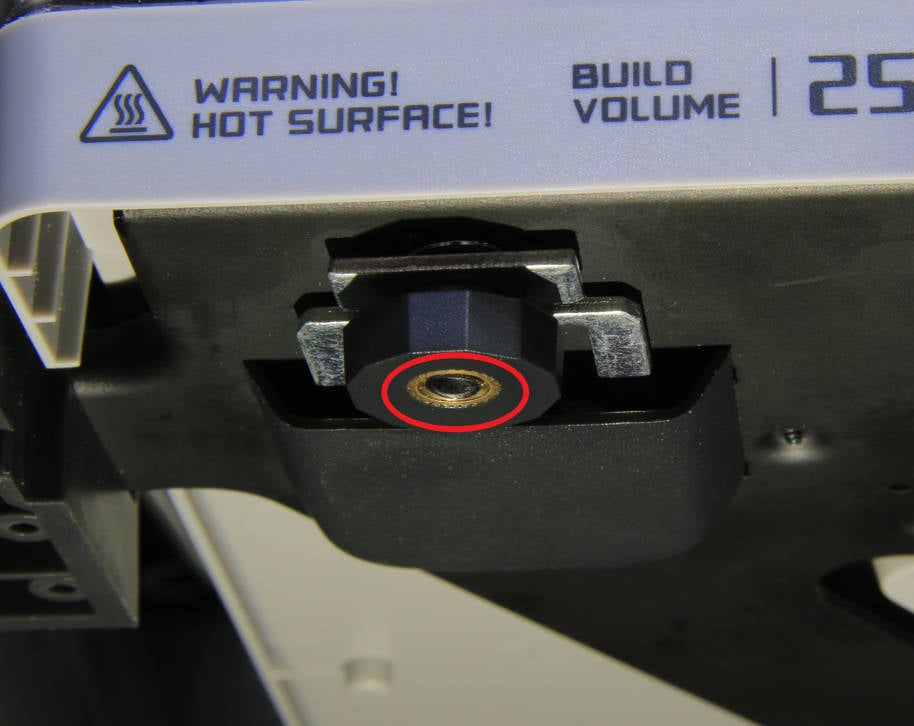 |